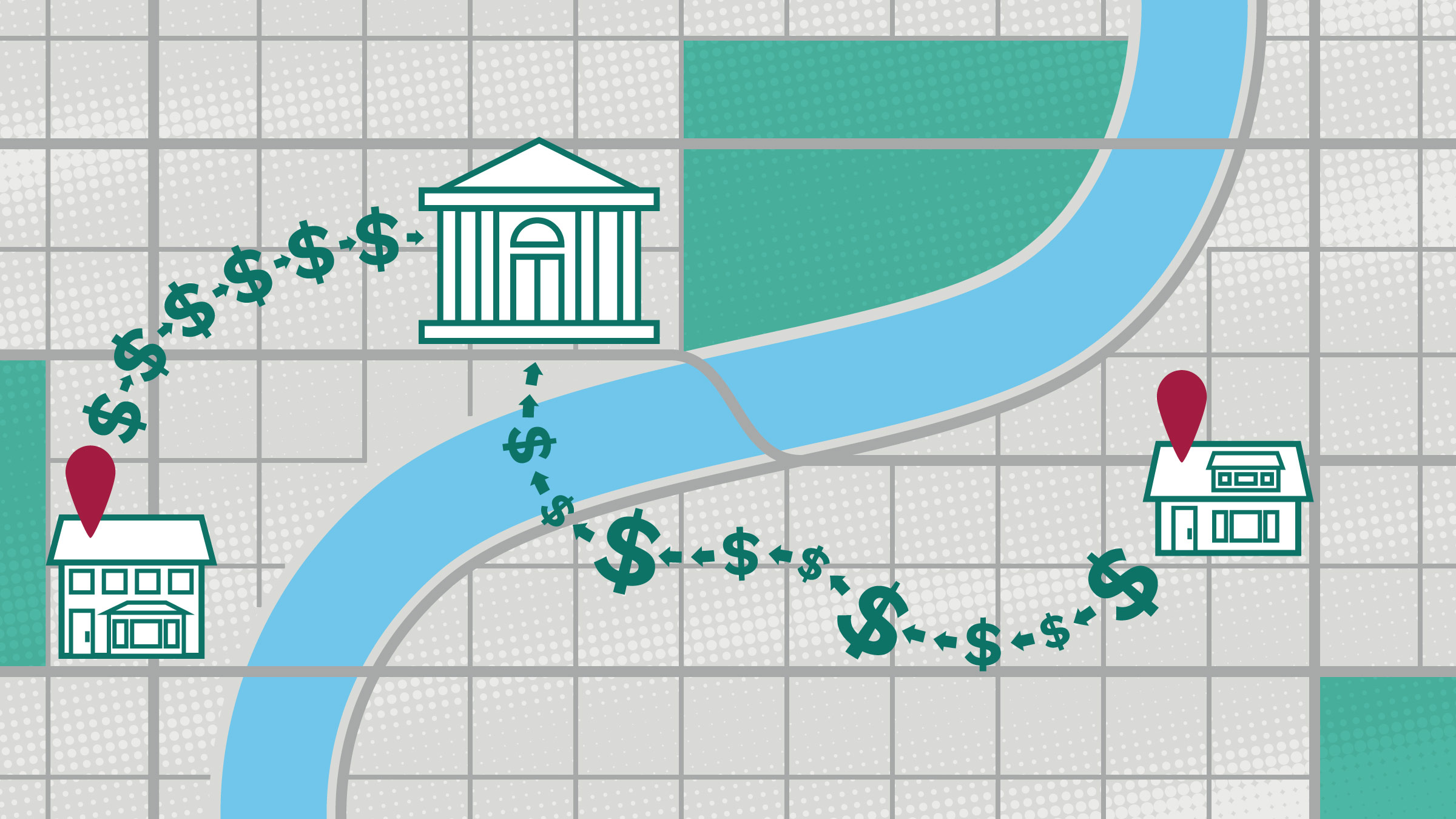Abstract
A classic example of a privately created interbank payments system was operated by the Suffolk Bank of New England (1825–58). Known as the Suffolk Banking System, it was the nation’s first regionwide net-clearing system for bank notes. While it operated, notes of all New England banks circulated at par throughout the region. Some have concluded from this experience that unfettered competition in the provision of payments services can produce an efficient payments system. But another look at the history of the Suffolk Banking System questions this conclusion. The Suffolk Bank earned extraordinary profits, and note-clearing may have been a natural monopoly. There is no consensus in the literature about whether unfettered operation of markets with natural monopolies produces an efficient allocation of resources.







